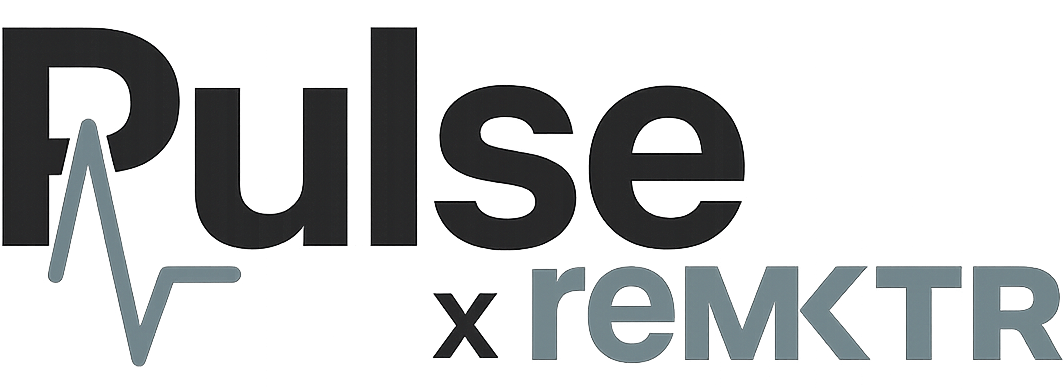Revolutionizing Online Shopping: The Rise of AI-Optimized E-Commerce Storefronts

The landscape of e-commerce is set for a significant transformation as AI optimization takes center stage. With advancements in technology, brands are now required to adapt their online storefronts to meet the demands of AI-driven shopping experiences, particularly through platforms like Amazon and ChatGPT.
Key Takeaways
- AI optimization is becoming essential for e-commerce storefronts.
- ChatGPT is introducing shopping capabilities, linking users to product pages.
- Amazon's Rufus AI is enhancing product discovery through conversational queries.
- Brands must optimize product pages for AI-driven recommendations.
- New features like "Product Highlights" will improve visibility in AI searches.
The Shift Towards AI-Optimized Storefronts
The traditional e-commerce model, which relied heavily on keyword optimization and search engine visibility, is evolving. Brands have become adept at enhancing their direct-to-consumer (DTC) and Amazon pages to rank well in search results. However, the introduction of AI technologies necessitates a new approach—one that incorporates AI optimization into the mix.
ChatGPT, a leading AI platform, has recently announced its rollout of shopping capabilities. This feature allows users to receive product recommendations across various categories, including fashion, beauty, and electronics. While purchases still need to be made through third-party sites, the integration of payment systems like Visa into AI conversations could soon streamline the buying process directly within chat interfaces.
Understanding Conversational Commerce
Conversational commerce refers to the buying process facilitated by AI chatbots. As more consumers engage with AI tools like ChatGPT, the potential for driving sales through these platforms is significant. Although it remains uncertain whether conversational commerce will surpass traditional search methods, the daily usage of ChatGPT suggests that brands should take this trend seriously.
Optimizing for Amazon's Rufus AI
Amazon's own AI recommendation system, Rufus, is becoming increasingly integral to product discovery. When users search for items, Amazon now suggests questions to ask Rufus, guiding shoppers toward more interactive and personalized experiences. For instance, a search for "potato chips" might prompt questions like, "What types of potato chips are the healthiest options?"
To optimize for Rufus, brands should consider the following strategies:
- Keyword Integration: Utilize high-converting keywords in product descriptions that align with common queries.
- Reverse Engineering Questions: Identify frequently asked questions suggested by Amazon and incorporate them into product listings.
- Structured Data: Create a database of structured data, including FAQs and product highlights, to enhance visibility in AI-driven searches.
The Future of AI Storefronts
As brands navigate the complexities of AI optimization, Amazon is set to introduce new features that will further enhance product visibility. By the end of the year, Amazon plans to implement two-part titles for products, which will include a standard title and a secondary description called "Product Highlights."
These Product Highlights will serve as a crucial data source for Rufus, allowing brands to effectively communicate their product's core features and benefits. This shift emphasizes the importance of structured data in optimizing storefronts for AI tools.
Conclusion
While traditional search optimization strategies remain valuable, the rise of AI-optimized storefronts marks a pivotal moment in e-commerce. Brands must adapt to these changes by enhancing their product pages for AI-driven recommendations, ensuring they remain competitive in an increasingly digital marketplace. The future of online shopping is here, and it is powered by artificial intelligence.





